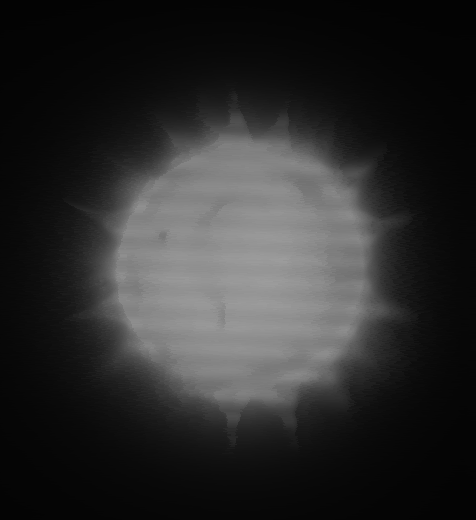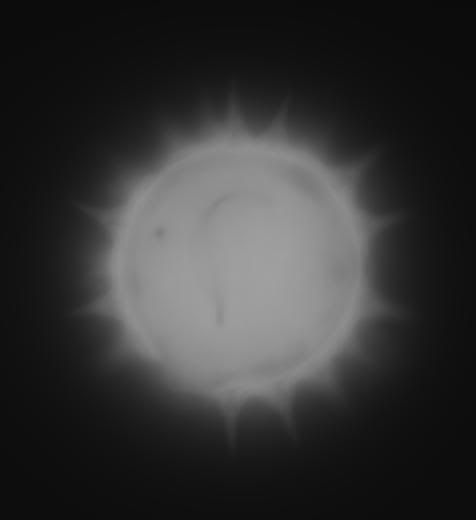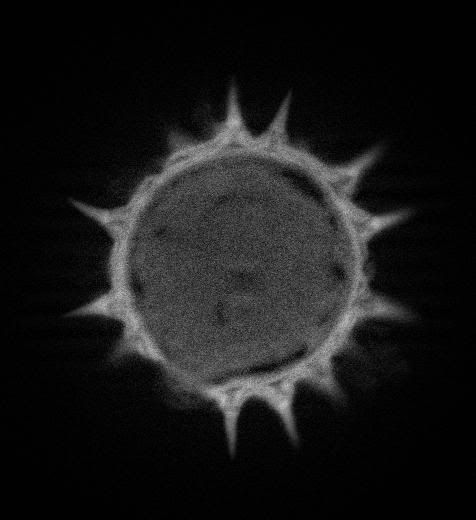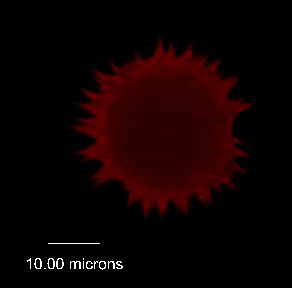Many have asked how long it takes to acquire an image, so I used a pollen slide to show you some examples. Here are the settings:
EXFO Excite 120W Metal Halide excitation
Rhodamine filter cube
Plan-Apochromat 63x/1.4 oil immersion objective
Hamamatsu ORCA-AG camera
Exposure time: 3ms
Averaging: 1
Number of images: 109
Z sampling: 275nm
Total acquisition time: approximately 8 minutes, so roughly 5 seconds for a single slice - this includes all of the overhead for opening/closing shutters, moving the focus, shifting the grid, and processing the three images.
Here is a DIC image of the pollen:

When the Apotome is engaged, you see this through the oculars:

A conventional fluorescence image would look like this:

An optical section reconstructed from the three grid images looks like this:

When the 109 images are volume rendered, you get something like this - not the best rendering, it was a quick and dirty job:

Let me know if you have any questions!
Chris

